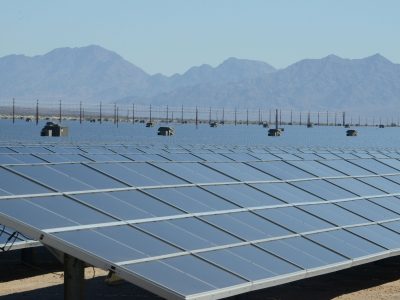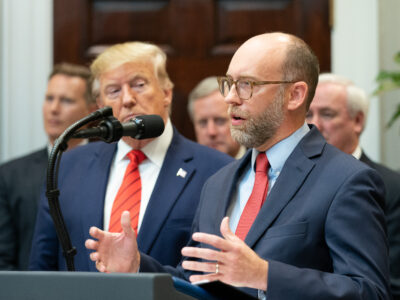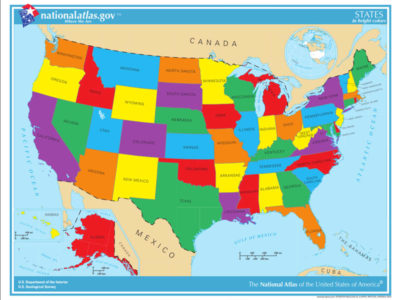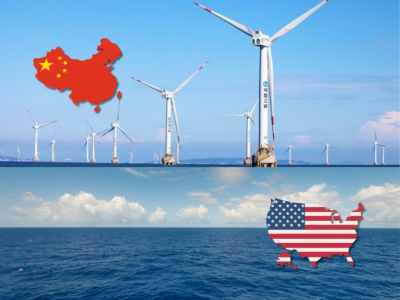renewable energy
The Color PURPA
A Win for Solar– And a Glimpse of Life After Chevron
The majority in a recent case — an Obama appointeet and a Trump appointee — ruled in favor of renewable energy. Even without Chevron deference, they were able to conclude that the statute favored solar producers. And unlike a win under Chevron, this one can’t be reversed by a more conservative agency — it’s etched in stone.
CONTINUE READINGCalifornia Must Invest in Climate and Communities to Drive Climate Progress
The state has pioneered an approach—what’s worked, and what’s next?
As solar and other climate infrastructure construction accelerates, and with Californians concerned both about the cost of living and about seeing local opportunities result from climate projects, the conversation about community benefits (commitments to hiring and other local investments made by developers in connection with new projects) has grown increasingly animated in California and even …
Continue reading “California Must Invest in Climate and Communities to Drive Climate Progress”
CONTINUE READINGRight-wing populist environmentalism?
The future of environmentalism may include a right-wing, populist strain that is heavily NIMBY
While there is a lot of focus on left-wing NIMBYs in public discourse, there’s also a lot of right-wing NIMBY mobilization too. For instance, the conservative California city of Huntington Beach is leading the resistance to state efforts to require upzoning to facilitate housing. Conservative rural communities are often the locus of opposition to both …
Continue reading “Right-wing populist environmentalism?”
CONTINUE READINGTwo more recent NEPA studies
These studies have better methodological approaches, and highlight the ways in which NEPA does (and does not) matter for renewable energy
In a prior blog post, I criticized a recent NEPA study from the Breakthrough Institute for some key methodological limitations. Two more studies of NEPA have since come out from Resources for the Future that I want to highlight because I think they have stronger methodological foundations. There are still important limits on what these …
Continue reading “Two more recent NEPA studies”
CONTINUE READINGTalking to Skeptics About Clean Energy
Some people will stop listening if you talk about climate change. But there are other arguments.
The dangers of climate change provide excellent reasons to support clean energy. But that argument can be futile — or worse, counterproductive — when listeners don’t take climate change seriously or reject the idea altogether. Fortunately, there are other arguments that may better appeal to them.
CONTINUE READINGCould Zero-Emission Hydrogen Help Reduce Aviation Emissions in California?
State’s federally funded hydrogen hub releases aviation whitepaper co-led by CLEE.
Few industries face as complex a challenge in decarbonizing as aviation. While great for decarbonizing on-road transportation, batteries are generally too heavy to power long-distance flights. Low-carbon biofuels blended into fossil jet fuel represent only a partial solution, due to lack of feedstocks and blend limits. Zero-emission hydrogen could represent a solution, either as an …
Continue reading “Could Zero-Emission Hydrogen Help Reduce Aviation Emissions in California?”
CONTINUE READINGDefunding the Energy Transition
The President Proposes Deep Cuts to Climate and Clean Energy Spending for FY 2026
On May 2nd, the White House released what is generally referred to as a “skinny” budget request outlining priorities for discretionary spending for fiscal year 2026. A full federal budget proposal is expected later this month. The “skinny” budget contains, by the White House’s calculations, $163 billion in non-defense discretionary spending cuts, which it argues …
Continue reading “Defunding the Energy Transition”
CONTINUE READINGState Climate Programs Under Trump – Little Drama, Steady Progress
Ignoring Trump, state have continued work on achieving their climate targets.
Despite all the drama in D.C., state governments have continued to make quiet progress in their efforts to expand clean energy and phase out fossil fuels. These states are focused on tangible steps forward, not on capturing online clicks, so their efforts may escape notice. But the cumulative effect of these month-by-month, smaller-scale initiatives is significant.
CONTINUE READINGTrump’s Seven Most Anti-Environmental Moves — and How to Push Back
There were dozens of actions, all harmful to the environment. These are the worst of the worst.
In the month since he reentered the White House, Trump has dedicated himself to knee-capping environmental protection through a series of executive orders. These orders aim to eliminate crucial environmental regulations, eviscerate key agencies like EPA, arbitrarily halt government funding, and eliminate environmental restraints on the private sector. But these are not done deals, and there are ways of pushing back.
CONTINUE READINGTrump’s Offshore Wind Ban vs. China’s Wind Juggernaut
Why is the Trump administration kneecapping the U.S. offshore wind industry while China becomes a global giant?
This January, when I was in Beijing for a workshop at Tsinghua University on offshore wind, presentation after presentation from Chinese experts revealed just how China has become an absolute juggernaut in offshore wind. Professors from the Chinese Academy of Social Sciences and Tsinghua walked us through the governance structure — state planning, targets, industrial …
Continue reading “Trump’s Offshore Wind Ban vs. China’s Wind Juggernaut”
CONTINUE READING










